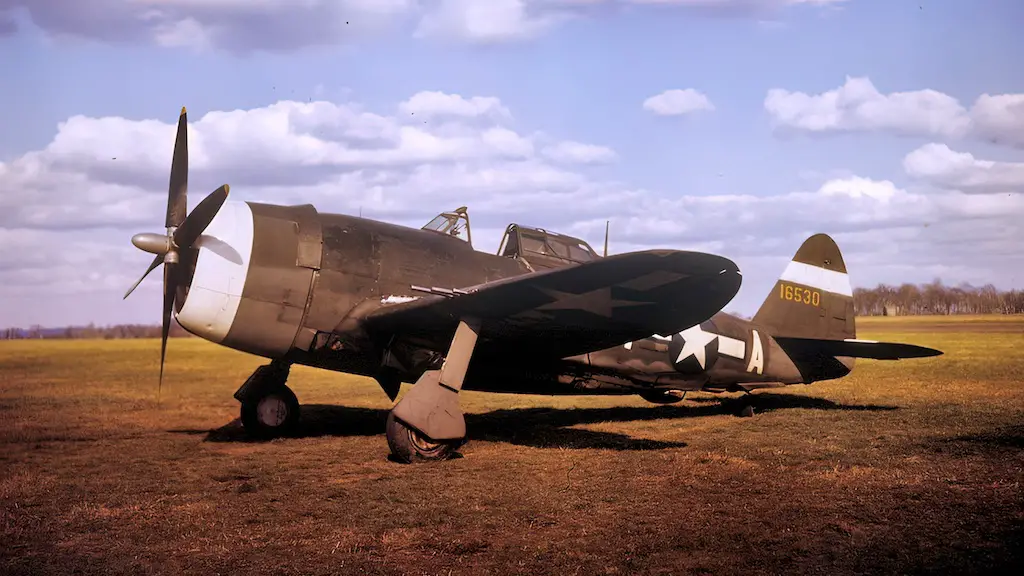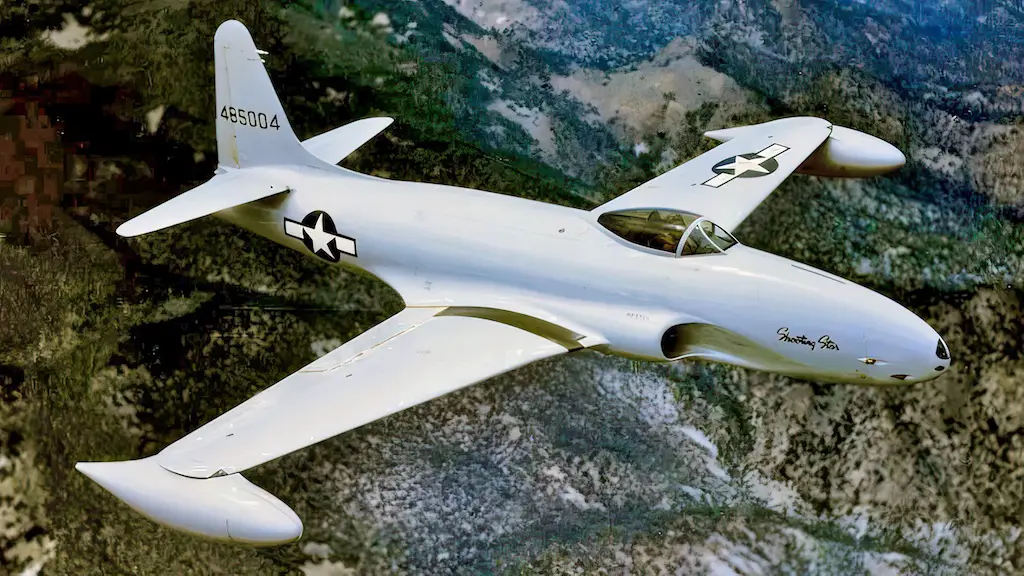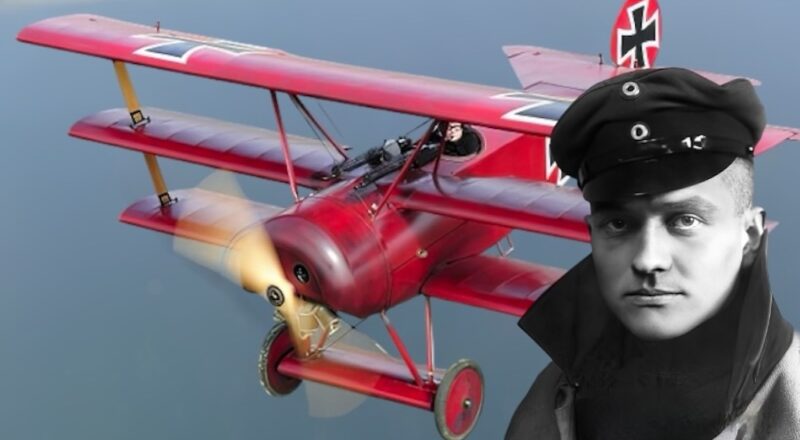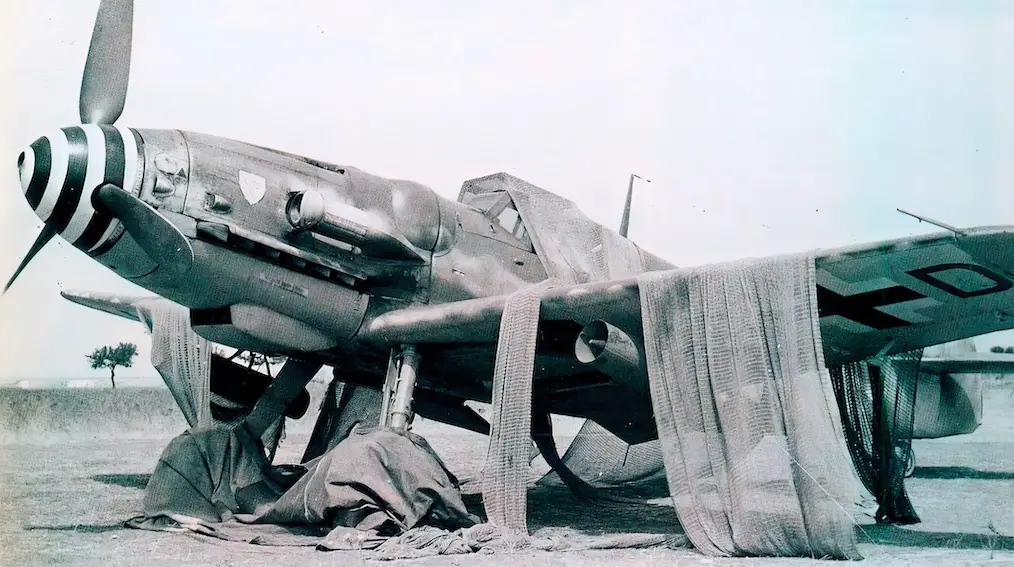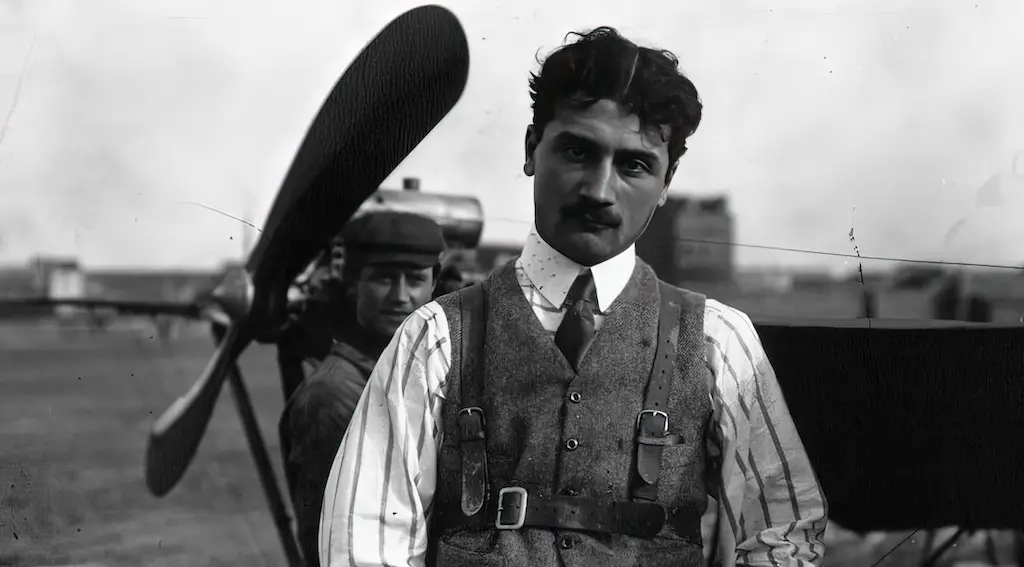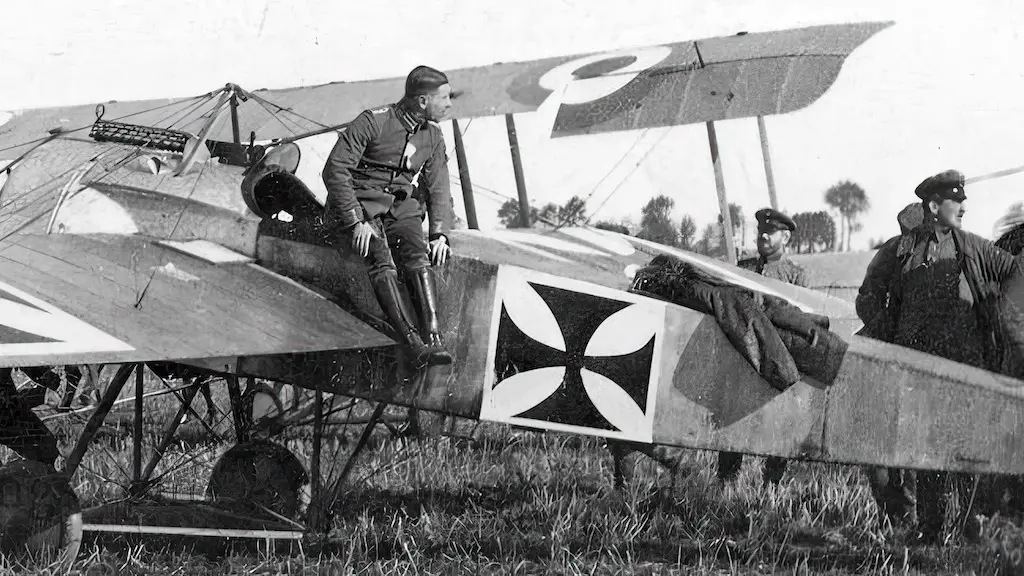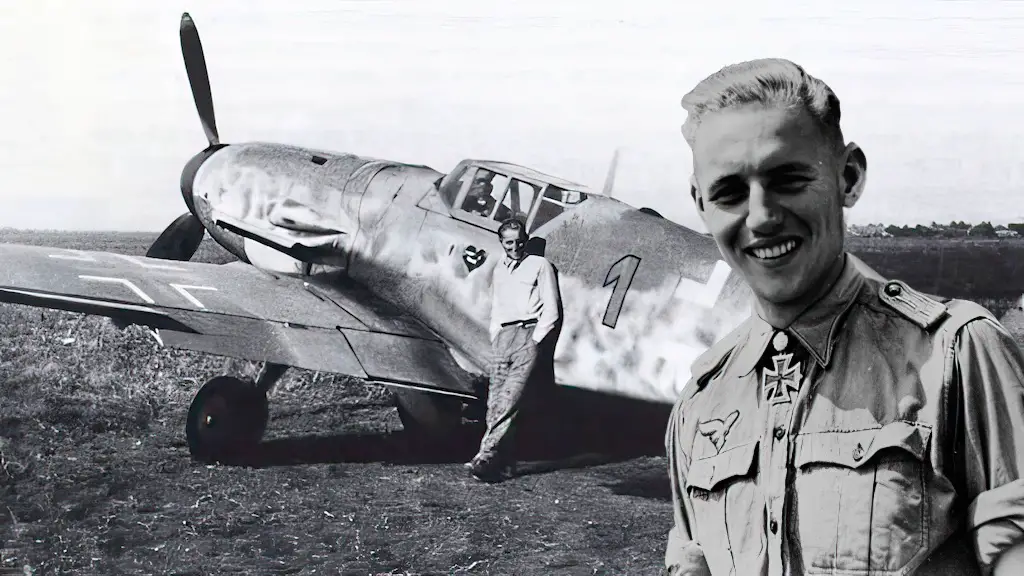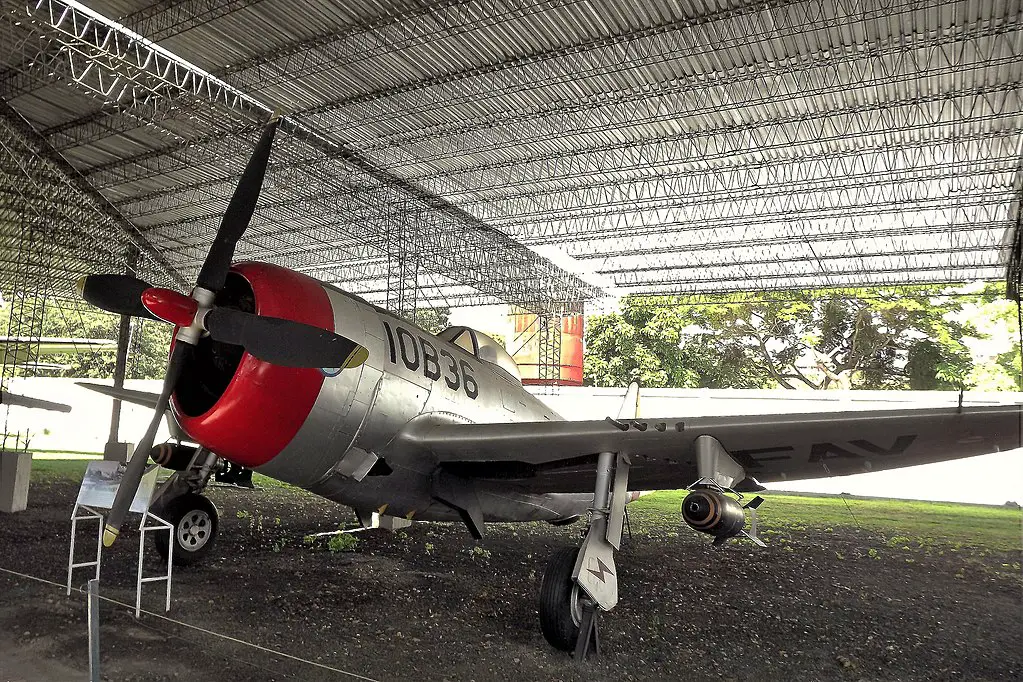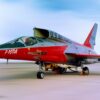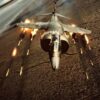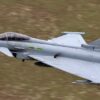The P-47 Thunderbolt, a key player in the aerial battles of World War II, is often celebrated for its formidable presence in the sky and its remarkable durability. This legendary aircraft not only dominated dogfights but also played a crucial role in ground attacks, leaving an indelible mark on the war’s outcome. However, beyond its well-known combat achievements, there are fascinating, lesser-known aspects of its story that deepen our understanding of its impact. From its first victory in the skies over Europe to its unexpected role in revitalizing an American town, the Thunderbolt’s tale is rich with intrigue and surprise.
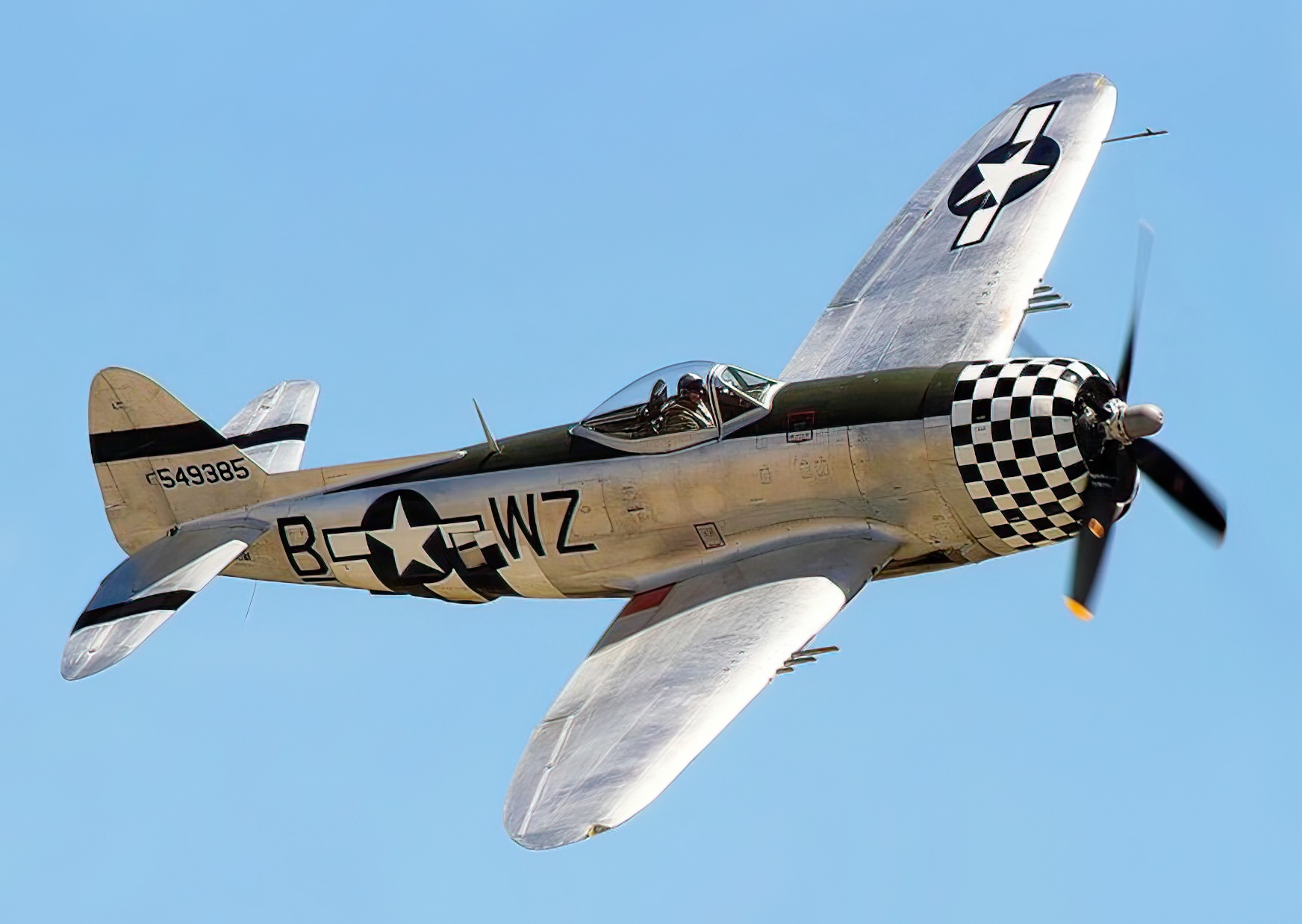
1. Donald Blakeslee: The First Victory
The P-47 Thunderbolts first aerial victory is a tale of skill and transition. Captain Donald James Matthew Blakeslee, an ace pilot, initially flew for the Royal Canadian Air Force due to his lack of a university degree. His prowess was soon recognized, and he was reassigned to an American unit. In a dramatic turn of events on April 15, 1943, over Belgium, Blakeslee, piloting the P-47, engaged with Luftwaffe fighters. His skillful maneuvering and the Thunderbolt’s robustness led to the downing of a Focke-Wulf, marking the P-47’s first confirmed aerial victory.
Blakeslee’s transition from the agile Spitfire to the more cumbersome Thunderbolt showcases the adaptability of pilots during WWII. This first victory not only highlighted the P-47’s potential in combat but also set the stage for its future successes.
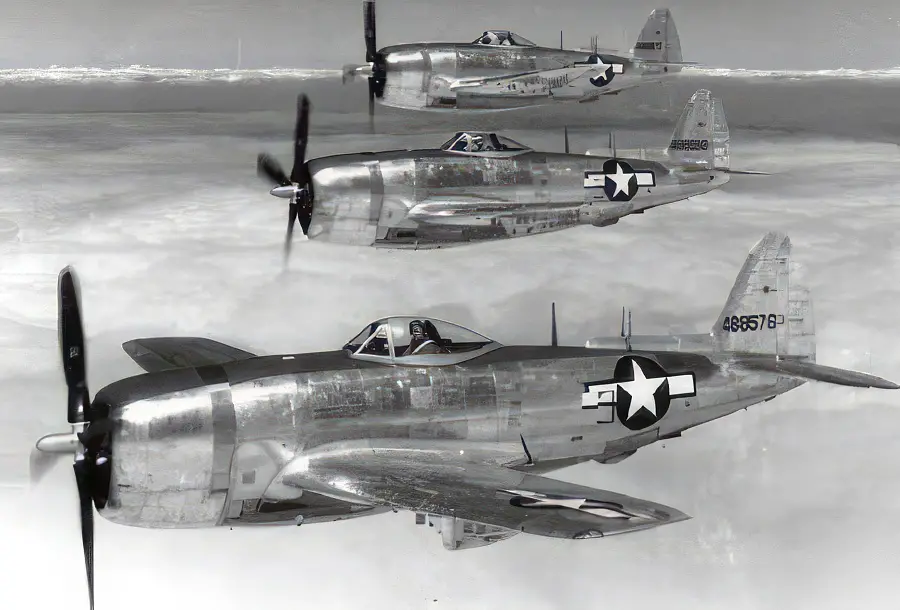
2. A Lifeline for Evansville, Indiana
The P-47’s production played a pivotal role in revitalizing Evansville, Indiana. Struggling with the Great Depression’s aftermath and a devastating flood in 1937, Evansville found hope during WWII. The demand for military equipment led Republic Aviation to select Evansville for manufacturing the P-47. This decision breathed new life into the city, with the company producing a staggering 6,242 planes, nearly half of all P-47s built.
This influx of industrial activity transformed Evansville, providing thousands of jobs and drawing people from far and wide. The town’s population doubled, and its economy rebounded. The P-47’s production saved a community from financial despair.
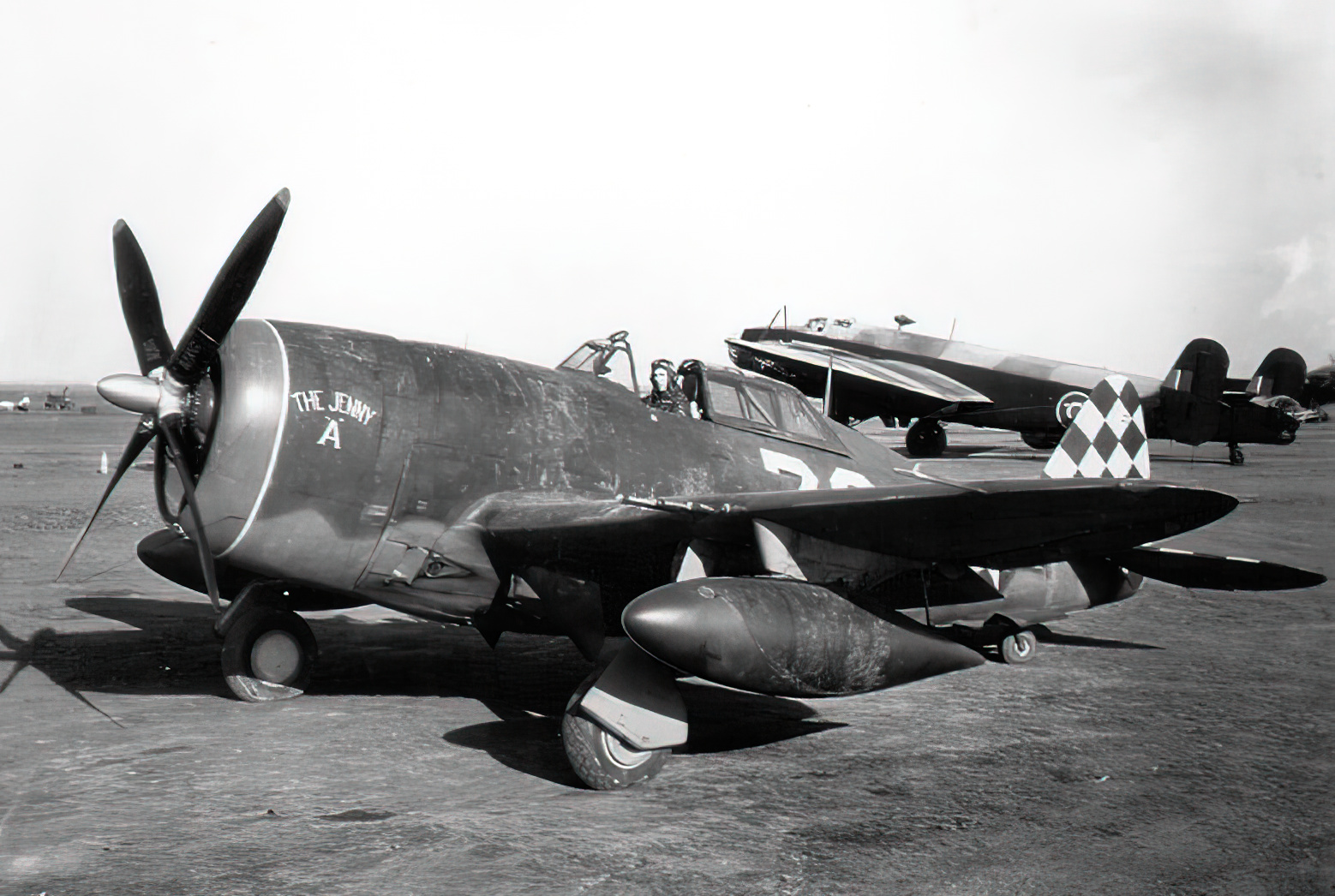
3. Alexander Kartveli’s Humorous Insight
Alexander Kartveli, the designer of the P-47, had a unique perspective on his creation. The Thunderbolt, weighing almost ten thousand pounds empty and capable of carrying a significant payload, was a behemoth compared to contemporary fighters. Despite its size, it was surprisingly agile and resilient, earning nicknames like ‘Juggernaut’ and ‘The Jug.’
Kartveli humorously referred to it as a “dinosaur with good proportions,” acknowledging its massive size yet celebrating its effectiveness. This statement reflects the blend of power and functionality that made the P-47 a formidable force in the skies during WWII.
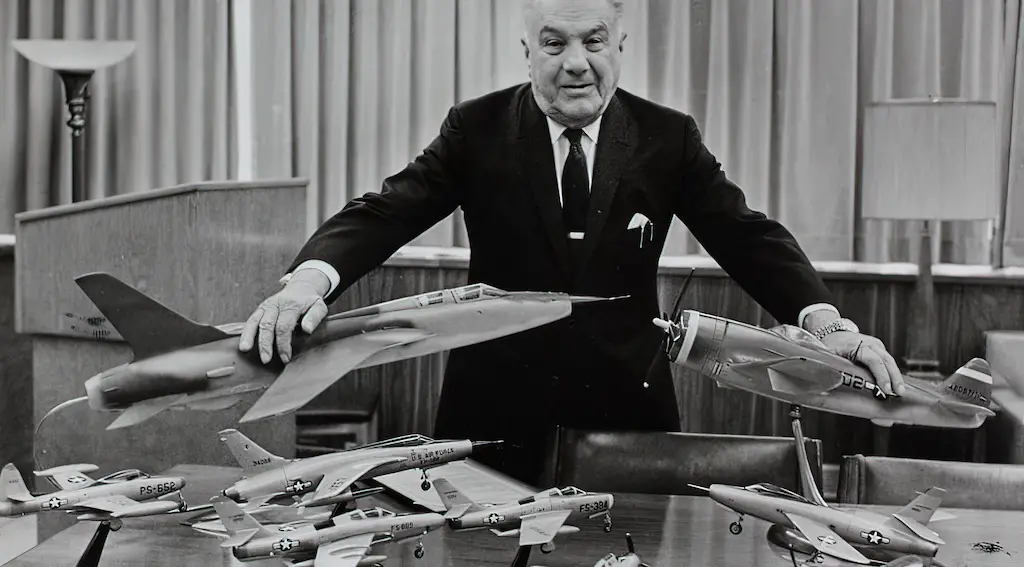
4. The Saga of Dottie May
One P-47, nicknamed Dottie May, encapsulates the Thunderbolt’s resilience and the tragic fate of some aircraft during the war. Built in Evansville, Dottie May was part of over 90 combat missions. Her final mission, however, ended dramatically when she crashed into Tronsy Lake in Austria during an aerial demonstration. The pilot survived, but Dottie May sank, becoming the last combat aircraft lost in Europe during WWII.
Recovered in 2005, Dottie May’s story is a testament to the P-47’s durability and the high stakes of aerial combat. Her history serves as a poignant reminder of the sacrifices made during the war.
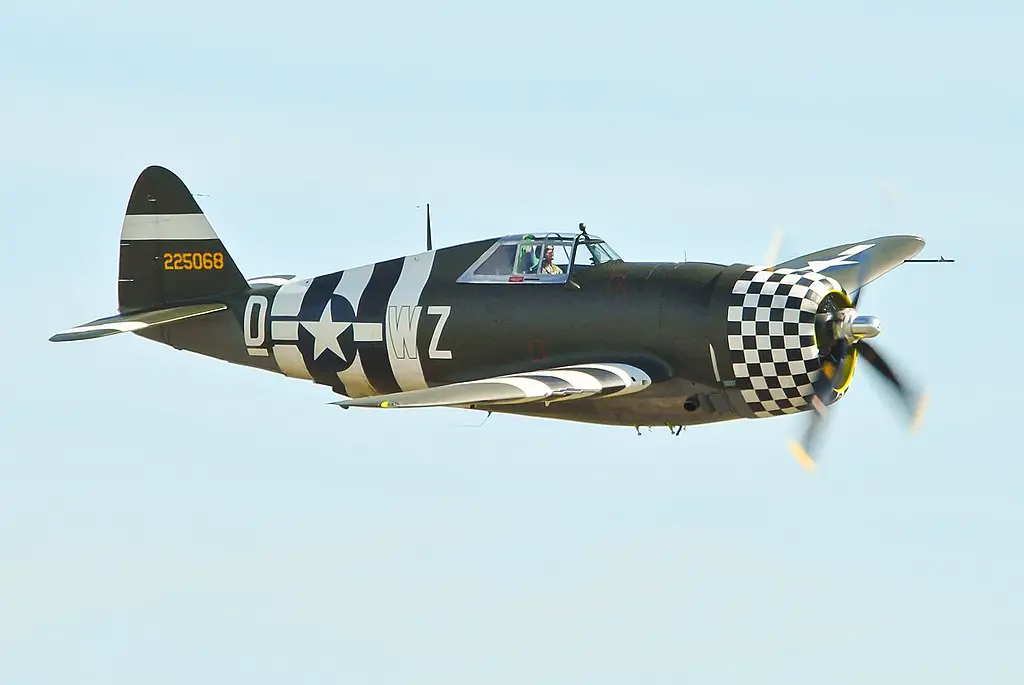
5. The Thunderbolt’s Ground Attack Legacy
While the P-47 was a capable dogfighter, its most significant impact was in ground attacks. Despite entering service in mid-1943, it flew over half a million sorties in the European and Pacific theaters. In Europe, P-47s were responsible for destroying tens of thousands of enemy vehicles and railway cars, significantly disrupting German supply lines.
These astonishing figures highlight the P-47’s effectiveness in crippling enemy infrastructure, contributing to the Allies’ victory in 1945. The Thunderbolt’s role in these ground attacks demonstrates its versatility and the crucial part it played in the Allied war effort.

